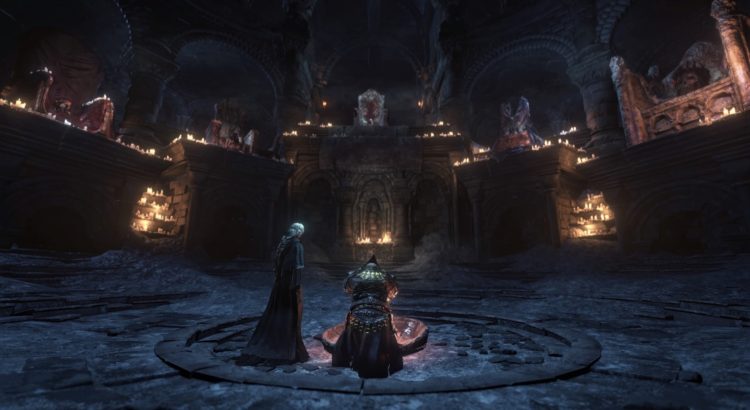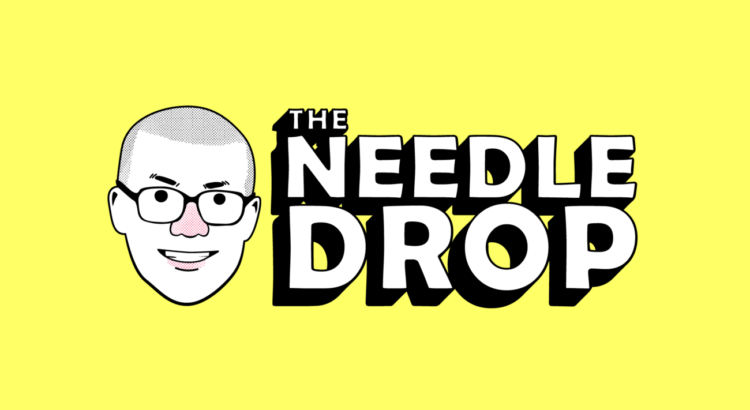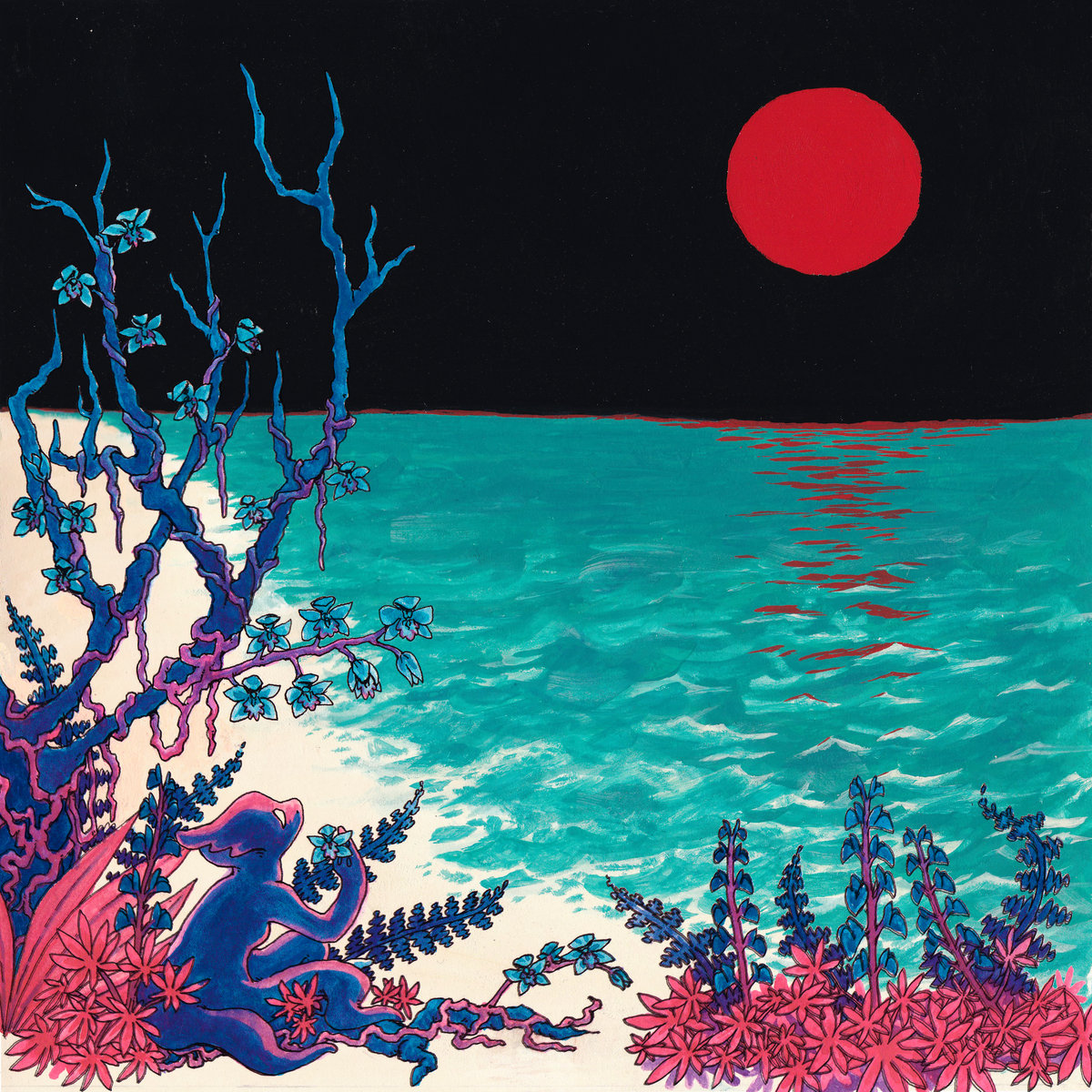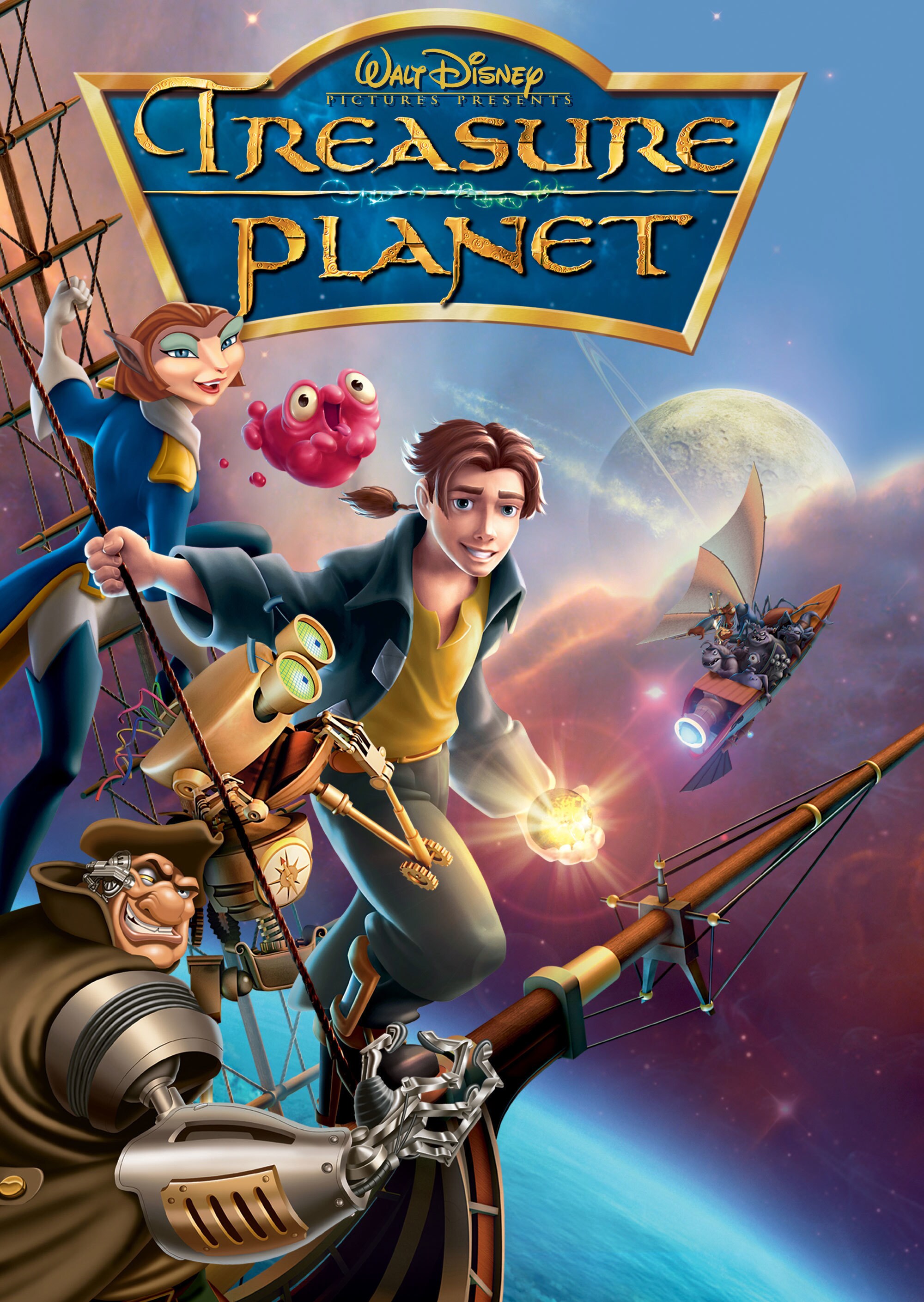I’m always discovering more about why I love art and what makes a certain work of art stand out to me, and personally that’s one of my favorite parts about enjoying art. Over time I’ve found that I have really unique interests in the underappreciated areas of art, specifically the small details that often go unnoticed by others. I think these details often go unnoticed consciously, but have a huge impact on how we experience art, and that’s why I love to analyze and explore these details in order to better understand why a certain work of art feels the way it does. Recently, I’ve been thinking a lot about art that subverts the viewer’s expectations, whether it be a movie breaking the fourth wall, a game that has an artistic twist, or a song that features variations on a theme that take the listener by surprise. Eventually I would love to explore these concepts in all forms of art, but first I want to start with great examples from two of my favorite games: Journey and Monument Valley 2.
I talked about Journey in a previous post, in which I emphasized it as a game of quality over quantity. It’s an overall spectacular game, featuring a gorgeous color palette, emotional story-line, and a beautiful orchestral soundtrack. I was playing through it again recently when I rediscovered one of my favorite parts, in which the game takes this beautiful breathtaking moment to break its format and reveal itself as the work of art it is. The entire game is from a third person perspective, mostly limited to the back of the protagonist, except in this short and surprising scene where you’re surfing down sand dunes and suddenly enter a tunnel, where the camera pans over to display you in profile with this gorgeous and mystical cityscape laid out under a looming mountain and fiery orange sun. It really is breathtaking when you play the game; it comes out of nowhere, and evokes this feeling of pure serenity and awe that is completely unique to this game. The visual nature is perfectly complemented by a reprieve in the music, featuring a bittersweet cello representing the solitary character. It’s an incredible game as a whole, but I think this moment itself characterizes the entire artistic feeling of the game. Art is an emotional medium, and understanding how that emotion is conveyed is essential to understanding what makes it unique. In Journey, it’s this subversion of expectations and a fleeting moment of calm that forces the player to step back and evaluate how the game conveys emotion.
Another great example of art subverting expectations is Monument Valley 2. I’ve discussed Monument Valley before, specifically how it stands apart as a mobile game and how the soundtrack itself is a great example of thoughtful and well made ambient music. However, Monument Valley 2 does something special that the first doesn’t, and that’s including a variation of the theme, essentially breaking its own rules and forcing the viewer to rethink their understanding of the game. The entire game relies on ‘impossible geometry’, level design that is impossible in the real world, but stunning and satisfying in the minimalist world of Monument Valley. It’s 3D and geometric as a result, using an isometric style to make the impossible geometry possible, which in turn defines it’s artistic style and sets the expectations on how the game is played. However, in one sub-level of the game, seemingly out of nowhere, the game breaks its own format and the result is another breathtaking moment (that may sound dramatic, but I’m not exaggerating when I say that these details make me pause with appreciation and respect). Instead of following the expected 3D style, the level is suddenly in 2 dimensions. But that’s not all: interacting with the puzzle reveals the hidden nature of the level, in which a combination of clever 2D design and classic 3D impossible geometry provide jaw-dropping illusions and solutions. Not only is this surprise fascinating enough artistically, I love the self-aware shapes in the background that reveal their hidden dimensions depending on how the level is rotated. The designers clearly knew what they were doing, and since this is the only time this is ever done in the entire franchise, it doesn’t come off as cheap or gimmicky, but instead as an amazing artistic choice that sets Monument Valley apart as a work of art.
Hopefully I was able to explain how important these small details and artistic surprises are in developing the style of a work of art, and hopefully you can appreciate them as much as I do. I definitely recommend keeping an eye out for similar subversions in all fields of art; I think you’ll find that many of your favorite and most memorable pieces feature some element of artistic surprise.










 The movie that made me first question my relationship with animated movies was Coraline. It’s a stop motion animated horror movie released in 2009 that is way too scary for children, contrary to the intended audience of the film. It has somewhat of an infamous reputation for scaring children to death and being overly creepy and disturbing, which is what originally piqued my interest. While I was watching it, I was stunned by how imaginative and off putting it was; it seriously brought some of my nightmares and fears to life. I don’t want to get into the weeds about the plot, so I’ll just say that the feeling of “not everything is what it seems” is so strong and heavily conveyed through every aspect of the movie that it’s almost scary in itself. The art style perfectly complements the disturbing atmosphere of Coraline’s world, and the story is a great blend of subtle messages and morals. Overall, it really opened my eyes to the imaginative possibilities of animation, outside of traditional princes and princesses that are so common in the genre, while also displaying the morals that define a lot of animated movies aimed at children.
The movie that made me first question my relationship with animated movies was Coraline. It’s a stop motion animated horror movie released in 2009 that is way too scary for children, contrary to the intended audience of the film. It has somewhat of an infamous reputation for scaring children to death and being overly creepy and disturbing, which is what originally piqued my interest. While I was watching it, I was stunned by how imaginative and off putting it was; it seriously brought some of my nightmares and fears to life. I don’t want to get into the weeds about the plot, so I’ll just say that the feeling of “not everything is what it seems” is so strong and heavily conveyed through every aspect of the movie that it’s almost scary in itself. The art style perfectly complements the disturbing atmosphere of Coraline’s world, and the story is a great blend of subtle messages and morals. Overall, it really opened my eyes to the imaginative possibilities of animation, outside of traditional princes and princesses that are so common in the genre, while also displaying the morals that define a lot of animated movies aimed at children.
